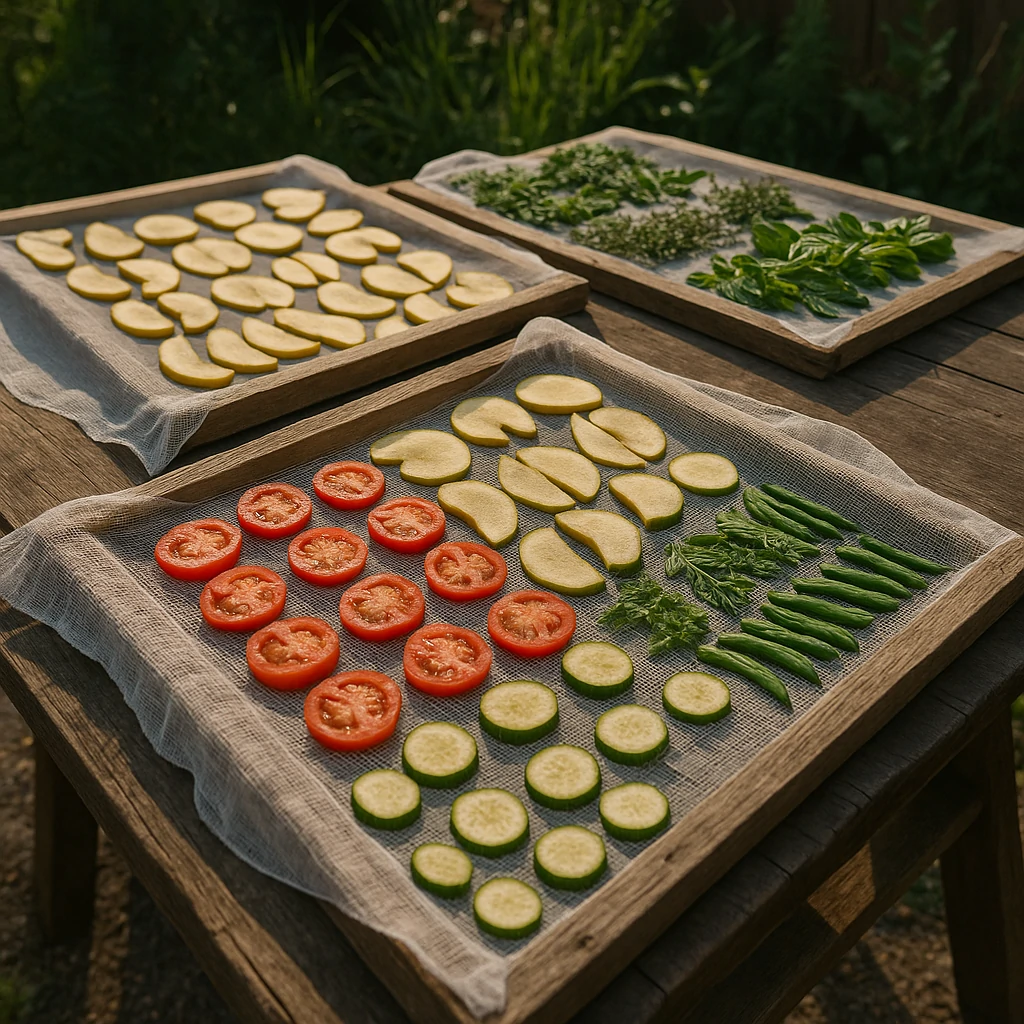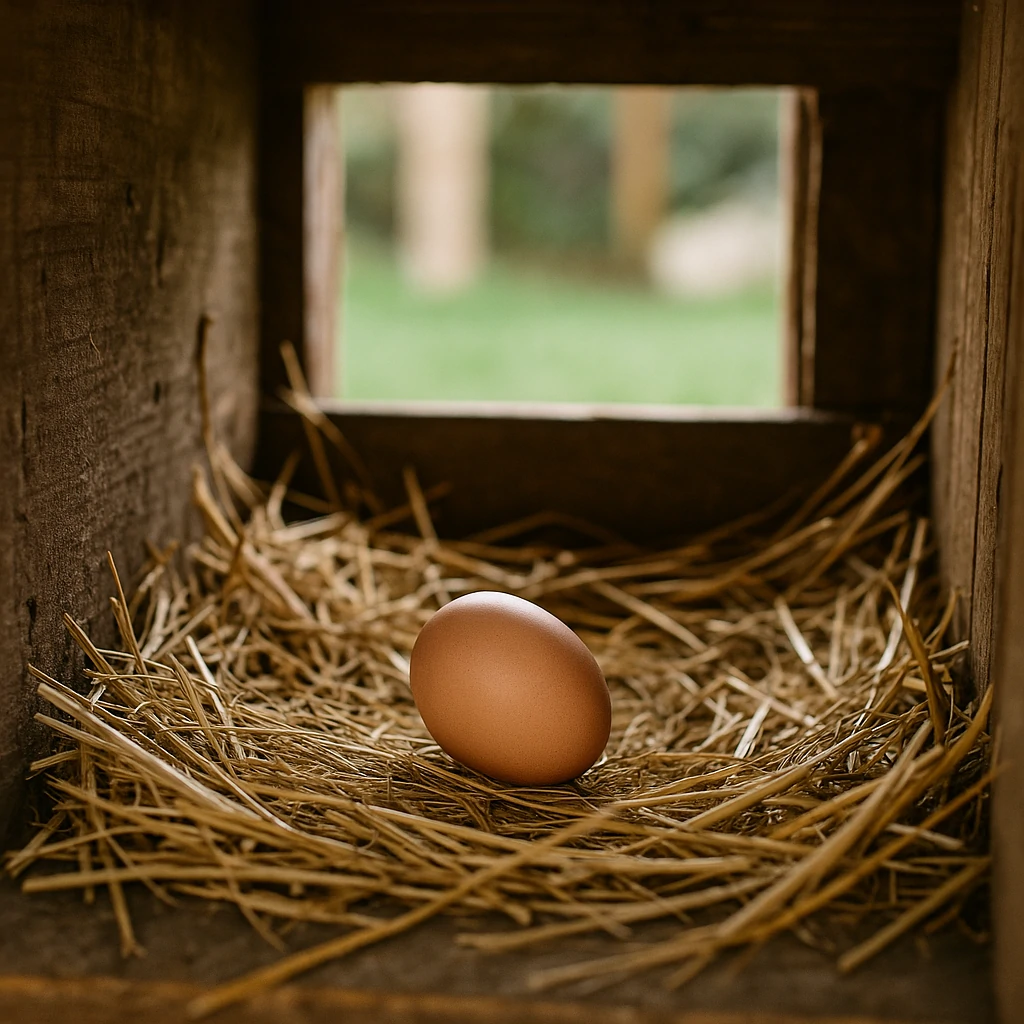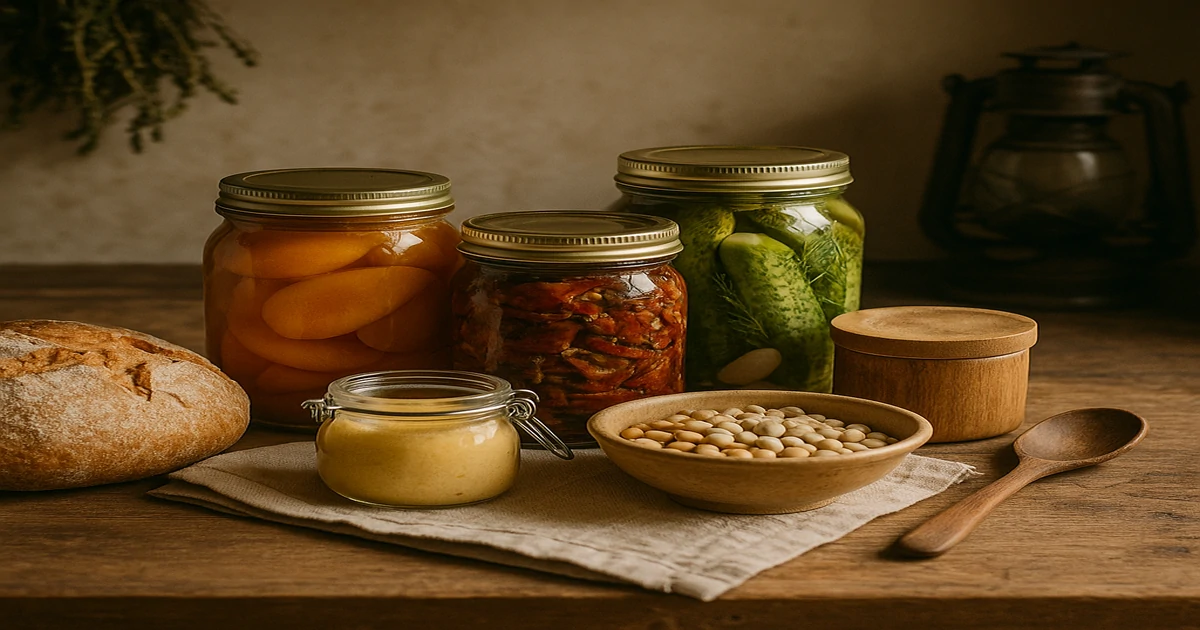You ever have one of those “oh crap” moments where everything goes sideways at once? Well, mine was back in 2016 when the power went out for four days. Middle of July, hot as heck, and I had a backyard full of fresh produce. Tomatoes, cucumbers, eggs, even some rabbit meat in the fridge. All that hard work, just sittin’ there ready to spoil.
That’s the week I truly learned how to preserve food without refrigeration not from books or YouTube, but the hard way, sweatin’ and swearin’ in the kitchen with a flashlight stuck in my hat.
So if you’re living that urban or backyard homestead life, maybe growing your own veggies, keeping a few chickens or rabbits, lemme walk you through what worked for me. And trust me, I’ve screwed up plenty. But I figured out what keeps food safe, what saves money, and what makes life a whole lot easier when you don’t have a fridge—or don’t wanna rely on one.

Why Even Bother? Ain’t Fridges Supposed to Be Easy?
That’s what I used to think. But homesteading ain’t just about convenience it’s about being ready, being resourceful, and sometimes going off grid, even if you’re in the middle of the city.
Maybe the power goes out. Maybe you’re tryin’ to save energy or live more self-sufficient. Or maybe your fridge’s full and you just need to stash some eggs or carrots somewhere else. That’s where these old-school food preservation tricks come in handy.
That Time I Forgot the Salt: Fermenting 101
Alright, story time. First time I tried fermenting, I was all proud of my sliced cukes and garlic and dill. Packed it all in a jar, sealed it tight, left it on the counter. A week later, I cracked it open and nearly passed out from the smell. Turns out… I forgot the salt. Like, all of it.
Lesson learned: salt matters. Fermenting is magic, but only if you do it right.
Here’s how I make my pickles and fermented veggies now:
- Use clean jars (but don’t stress about sterilizing like it’s brain surgery)
- Mix a brine: 2 tablespoons salt per quart of water (non-chlorinated!)
- Pack in cucumbers, carrots, radishes, or cabbage
- Pour brine over everything, make sure it’s submerged
- Weigh it down with a clean rock or a jar lid
- Cover with a cloth or loose lid, leave on counter 5-10 days
Taste it after a few days. When it’s tangy and bubbly, move it to a cool spot. I keep mine in a pantry or basement shelf. No fridge needed, and they last for months.
Drying Stuff: Old-School and Still Works
One summer, my plum tree went wild. We had more plums than we could eat, and I wasn’t about to let ‘em rot. Didn’t have a dehydrator yet, so I sliced them thin and laid them out on old window screens in the sun—covered them with cheesecloth to keep bugs off. Took a few days, but they dried just fine.
Since then, I’ve dried:
- Tomatoes (great in soups or homemade pasta sauce)
- Apples and pears (kids love ‘em)
- Herbs like basil, oregano, mint
- Even green beans and zucchini slices
I eventually picked up a secondhand electric dehydrator for cheap, and I use it all the time now. But if you’ve got sun and a little patience, the DIY solar method works just as good.
Tip: store dried stuff in glass jars or paper bags in a cool, dry place. I keep mine in the pantry, next to the canned goods and a stash of coffee.

Canning The Thing That Almost Made Me Quit
Man… canning scared the heck outta me at first. I thought if I did it wrong I’d poison the whole family. My first batch of canned salsa came out tasting like tomato water, and two jars didn’t seal. Turns out I reused old lids that were bent.
Since then, I’ve gotten way more comfortable with it. It ain’t hard, but you gotta follow the rules:
- Water bath canning is great for high-acid stuff: tomatoes, pickles, jams
- Pressure canning is for low-acid stuff like beans, soups, and meats
- Always use new lids, clean jars, and a reliable recipe (from a trusted source—not some random Facebook post)
What I like to can without refrigeration:
- Salsa
- Tomato sauce
- Pickled carrots and beets
- Soups and bone broth
- Applesauce
Canned stuff lasts a year or more on the shelf, and you don’t gotta worry if the grid goes down. Just pop the lid and eat.
Root Cellaring: Not Just for Country Folks
Now I live in the city, so I don’t have a fancy root cellar dug into a hillside or nothin’. But I do have a basement—and you’d be surprised what you can store down there.
In fall, I put up potatoes, carrots, onions, squash, and apples in cardboard boxes with straw or sawdust. Keep it dark, cool, and kinda humid. I check every week or two and pull out anything going soft.
Even before I had a basement, I used to store potatoes and onions in a dark closet near the floor. Not perfect, but it bought me a couple months.
Keeping Eggs Without a Fridge? Yep, I Do It All the Time
Here’s a tip a lot of folks don’t know: fresh eggs (unwashed!) don’t need to be refrigerated. The bloom, or natural coating, keeps bacteria out.
I leave eggs from my backyard chickens on the counter for 2–3 weeks, easy. Sometimes longer. If you wanna store longer, you can try:
- Coating them in mineral oil
- Using a water glass (sodium silicate) solution
- Lime water (it works, but takes up space)
Just don’t wash ‘em till right before you use ‘em.

The Stuff That Didn’t Work for Me
Alright, here’s where I fess up to the dumb stuff:
- Tried hanging meat in a DIY smokehouse I built outta a metal trash can. Ended up with half-raw, half-burnt jerky. Gross.
- Stored carrots in a closed plastic tub in the shed got moldy in two weeks. Needed airflow.
- Fermented too many jars of turnips. My family hates ’em. Now I can’t even look at a turnip without getting heckled.
Point is, not everything works. But you figure it out by doing, failing, and trying again.
FAQs from Folks Who Ask Me This Stuff All the Time
Q: Can I preserve food without a fridge if I live in an apartment?
A: Heck yes. I did it before I had a backyard. Use your windowsill to dry herbs, ferment stuff on your kitchen counter, can on your stovetop. Just make sure you’ve got some shelf space for storage.
Q: What if my food goes bad? How do I know it’s safe?
A: Trust your nose, eyes, and gut. If it smells off, looks weird, or tastes funky don’t risk it. I’ve tossed jars that looked fine but didn’t seal right. Better safe than sick.
Q: What’s the easiest method to start with?
A: Fermenting carrots or cucumbers. It’s fast, cheap, and pretty much foolproof (unless you forget the salt like me).
Final Thoughts (The Real Kind, Not the Fancy Kind)
Preserving food without refrigeration ain’t about being perfect it’s about being prepared, creative, and sometimes a little scrappy. You don’t need fancy gear or a full-blown farm. Just some jars, salt, a little space, and the guts to try.
Start small. Mess up. Laugh about it. Then try again.
That’s how I learned. And if you ever get stuck, shoot me a message or drop a comment. I mess up too, but I’m always happy to help a fellow homesteader figure it out.
Got a weird question? Leave it below actually answer.
Or tell me your funniest fail I’ll share mine too.

